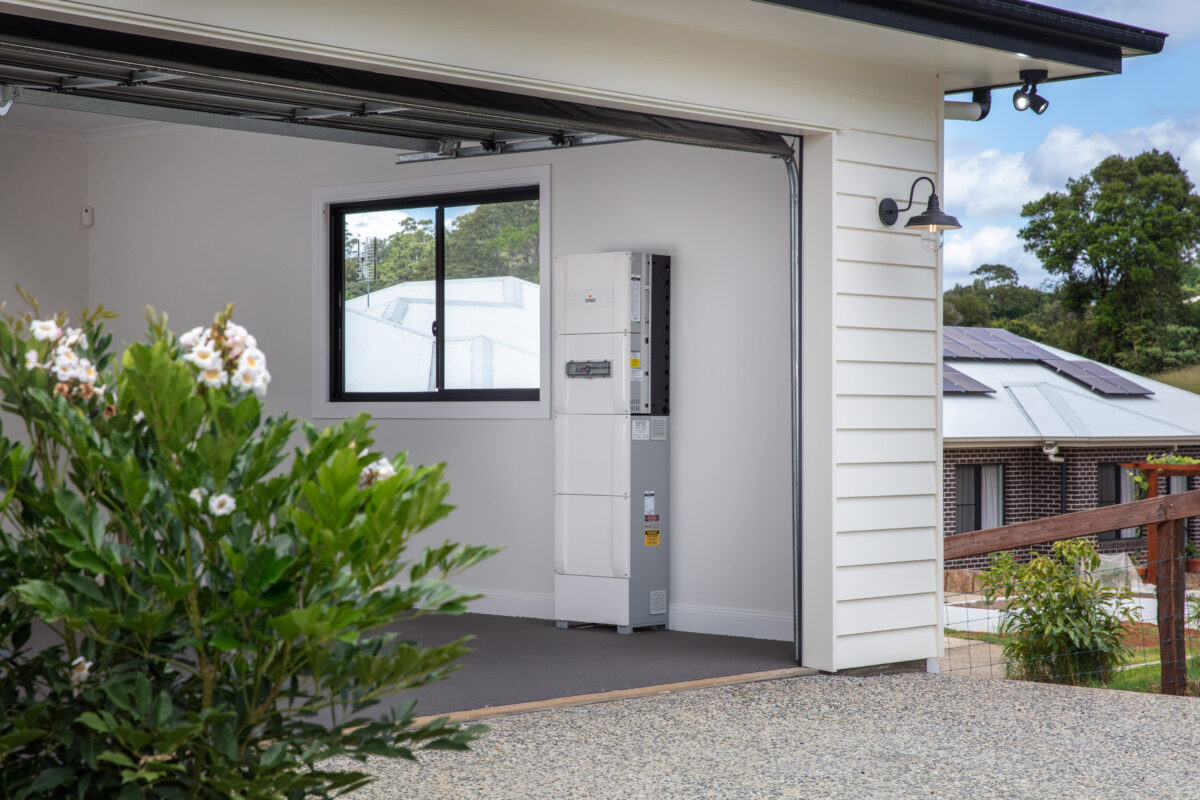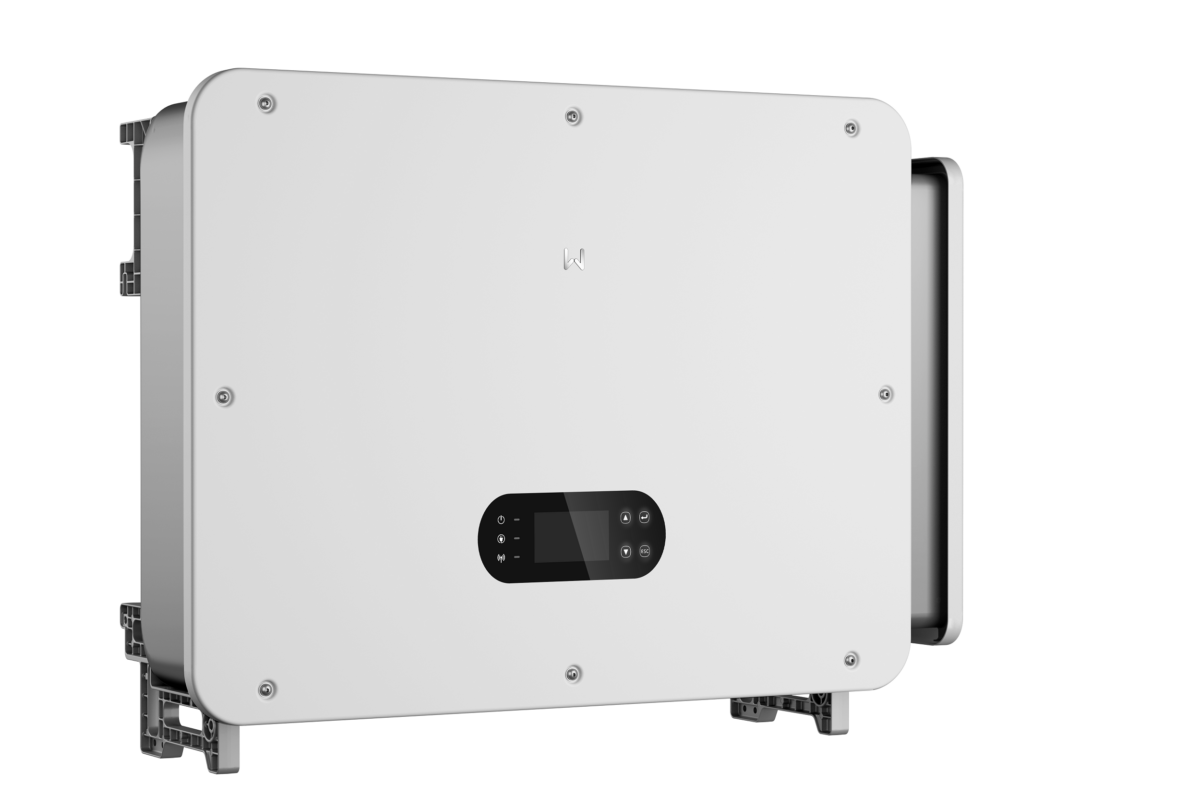This is just what we need to see: immediate incentives to accelerate the rollout of distributed batteries across the residential and SME sectors, driving real, permanent cost of living solutions for consumers and reducing energy costs for small business.
Analysis by the Department of Climate Change, Energy, the Environment and Water calculates a household with solar and a battery system could save up to $2,300 annually, equivalent to 90% of a typical family’s electricity bill.
The battery program is exactly the kind of policy and investment support required to provide Australian consumers enhanced access to distributed energy resources, with increased uptake of residential batteries supporting even more rooftop solar – in addition to the four million rooftops already solarised – as well as ground heat pumps and solar heated water tank deployments. This enables a progressive but accelerated ‘electrification of everything’, starting with households, that leverages the existing grid transmission and distribution structure, and can be deployed fast – in days, rather than decades, like the Coalition’s nuclear Australia con, which, even if it were viable, would not see reactors in place before 2040 and result in massive permanent upward pressure on energy bills.
The Cheaper Home Batteries program reflects policy proposals from community independents such as Allegra Spender‘s Permanent Energy Bill Relief Plan, and community campaigns including Renew Australia for All, an alliance of more than 70 organisations calling for an immediate $5 billion investment to increase all Australians’ access rooftop solar, batteries, electrification and efficiency improvements – including marginalised groups. This suite of measures is needed so we can definitively decouple from energy bill hyperinflation driven by extortionate fossil gas prices, and ageing, unreliable and expensive coal-fired power.
The benefits of the new battery program extend beyond those with existing solar. Reducing energy demand in the peak evening period brings down wholesale electricity prices and network costs, meaning reduced power prices for all.
Moreover, distributed energy resources such as rooftop solar and batteries are critical to our energy transition and climate goals, including the Labor government’s key target of 82% renewables by 2030. The home battery initiative complements Energy Minister Chris Bowen’s fast tracking of utility-scale renewables and energy storage projects via his massive boost to the Capacity Investment Scheme, so these initiatives work together to drive comprehensive decarbonisation of our energy system.
We are experiencing a huge boom in utility scale battery energy storage systems (BESS), as tracked in CEF’s recent report, International Solar PV and BESS Manufacturing Trends, underpinned by the halving of capital costs over the last 2 years, and dramatically improved technology and safety of these systems.
But residential battery systems remain obstinately high cost, with a payback period for households of more than 10 years, relative to about four years for rooftop solar. The new federal 30% rebate will reduce the pay back to 7-8 years, dramatically improving the economics, which will in turn drive accelerated deployments towards a very credible 1 million home battery deployments well before 2030, developing Australian supply chains and electrician knowledge and capacity, which will lower the price further.
We also expect new product offerings to improve the quality, substantially lower the price and widen the range available e.g. leading Chinese EV maker BYD’s new Battery-Box HVE for residential applications with capacities of 4.29 kWh and 6.45 kWh and an impressive 15-year warranty.
This policy applies to any battery installed alongside a new or existing solar system. CEF views this caveat as unnecessary. We need to accelerate deployments of both, but the systems don’t need to be physically adjacent. A battery in an apartment still can be aligned to soak up excess solar generation from the system elsewhere.
Another key part of the picture we need to see is investment in targeted relief for those who need it most, but to date have limited access to bill-slashing consumer energy resources. Policies to improve energy efficiency, and to support electric appliances and solar for renters, low-income households, social housing and First Nations communities should be an immediate priority for the federal government, to ensure the benefits of our energy revolution are evenly distributed across the community, and that those otherwise excluded by disadvantage have equity of access to a just clean energy future.
Authors: Tim Buckley, Director, Climate Energy Finance; Annemarie Jonson, Editorial and Communications Director, Climate Energy Finance
The views and opinions expressed in this article are the author’s own, and do not necessarily reflect those held by pv magazine.
This content is protected by copyright and may not be reused. If you want to cooperate with us and would like to reuse some of our content, please contact: editors@pv-magazine.com.








By submitting this form you agree to pv magazine using your data for the purposes of publishing your comment.
Your personal data will only be disclosed or otherwise transmitted to third parties for the purposes of spam filtering or if this is necessary for technical maintenance of the website. Any other transfer to third parties will not take place unless this is justified on the basis of applicable data protection regulations or if pv magazine is legally obliged to do so.
You may revoke this consent at any time with effect for the future, in which case your personal data will be deleted immediately. Otherwise, your data will be deleted if pv magazine has processed your request or the purpose of data storage is fulfilled.
Further information on data privacy can be found in our Data Protection Policy.